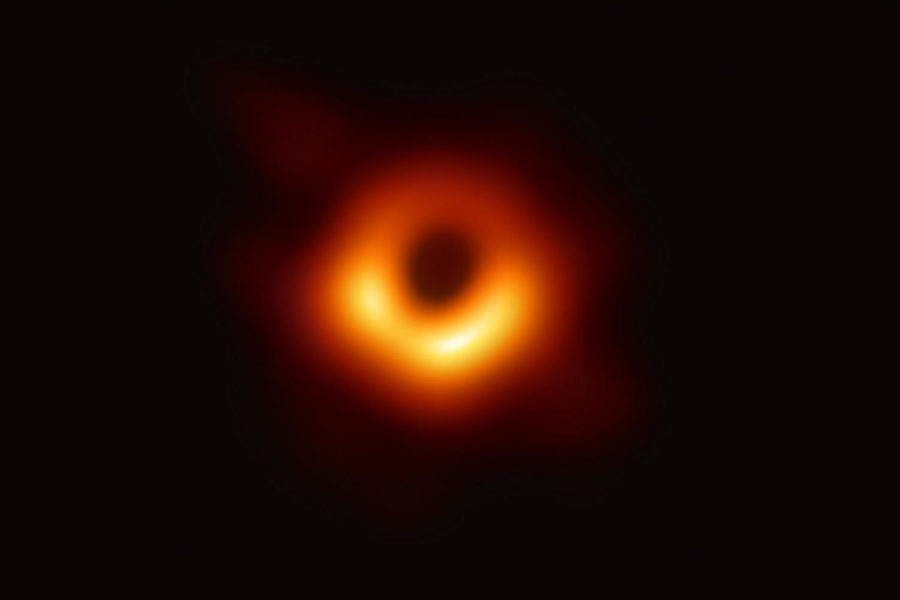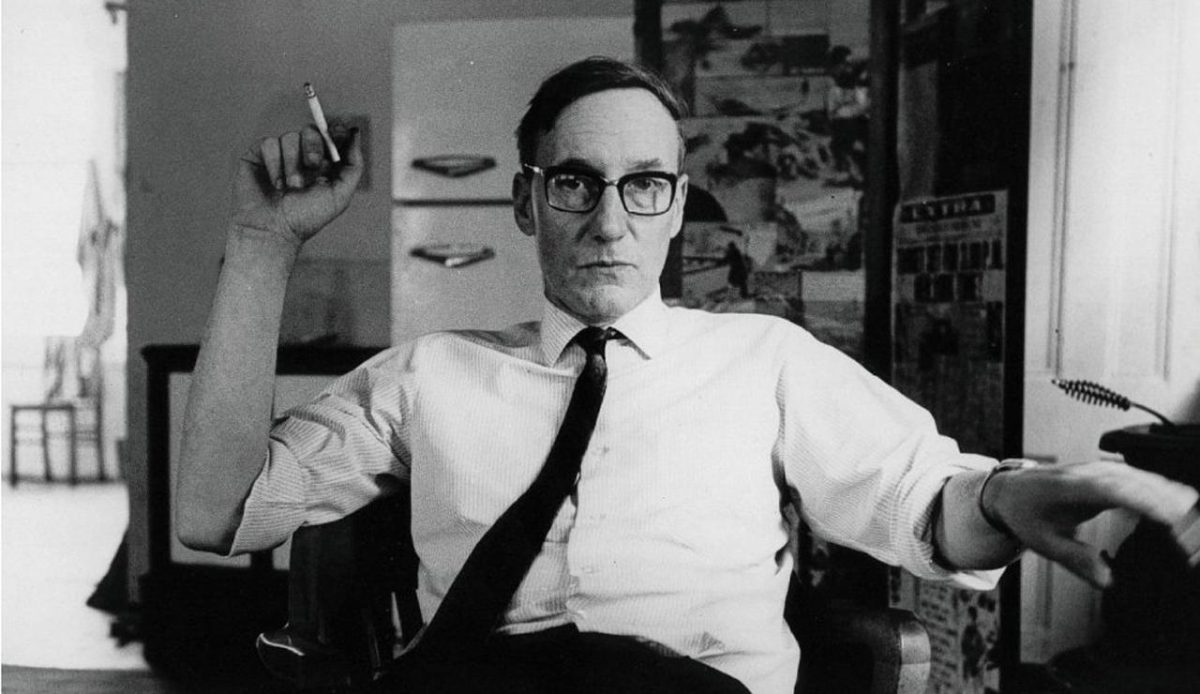Worldwide scientific effort leads to first ever picture of black hole
April 13, 2019
On April 10, scientists unveiled the first-ever photograph of a black hole, which was created after analyzing over five quadrillion (5,000,000,000,000,000) bytes of data. The black hole in question, dubbed Powehi, is the supermassive black hole located in the massive galaxy Messier 87’s galactic nucleus. Supermassive black holes are among the most massive and powerful objects in the universe, with the Milky Way’s own SMBH, Sagittarius A*, being estimated to have a mass of roughly four million times that of our Sun.
But what are black holes? Black holes are remnants of long-gone, massive stars that died in spectacular supernovae. These supernovae eject the outer layers of the star, leaving the core to collapse in on itself. This creates an incredibly dense object with extremely high levels of gravity. Once born, black holes consume surrounding matter and energy. Their gravitational force is so great that, once matter or energy passes its event horizon, nothing—not even light—can escape.
Supermassive black holes are a little different, however. SMBHs are thought to exist in the core of most, if not all, galaxies. Think of SMBHs as the Sun and all the stars that compose the galaxy as the planets that orbit the Sun. The SMBH’s immense gravitational pull binds the galaxy together in like manner as the Sun keeps the planets in orbit around itself. In some galaxies, such as Messier 77, the SMBH is considered “active,” meaning it feeds on the galaxy. Active galaxies, also called quasars, are some of the brightest objects in the known universe, due to the accretion disc surrounding it caused by friction from the rest of the galaxy orbiting the SMBH at extreme velocities. However, while the scientific community has reached a consensus on the existence of SMBHs, no one has yet provided a widely accepted hypothesis for how these massive objects formed in the first place.
This accomplishment concretely proves one key aspect of Albert Einstein’s Theory of Special Relativity, which, among other things, predicted the existence of black holes. So far, Einstein has been proven correct every time his theories have been tested.
Sources
“Black Holes.” NASA, NASA, science.nasa.gov/astrophysics/focus-areas/black-holes.
McArthur, Guy, et al. “Messier 77.” Messier Object 77, 4 Dec. 2018, www.messier.seds.org/m/m077.html.
Overbye, Dennis. “First Photo of a Black Hole May Be Revealed. Here’s How to Follow the Announcement.” The New York Times, The New York Times, 10 Apr. 2019, www.nytimes.com/2019/04/10/science/black-hole-picture.html.
Picheta, Rob. “The First Black Hole to Be Photographed Now Has a Name.” CNN, Cable News Network, 12 Apr. 2019, www.cnn.com/2019/04/12/world/black-hole-name-powehi-scli-intl/index.html.
“Sgr A* – The Supermassive Black Hole in the Milky Way.” Sgr A* – The Supermassive Black Hole in the Milky Way | Astronomy 801: Planets, Stars, Galaxies, and the Universe, www.e-education.psu.edu/astro801/content/l8_p7.html.
Strickland, Ashley. “This Is the First Photo of a Black Hole.” CNN, Cable News Network, 10 Apr. 2019, www.cnn.com/2019/04/10/world/black-hole-photo-scn/index.html.















